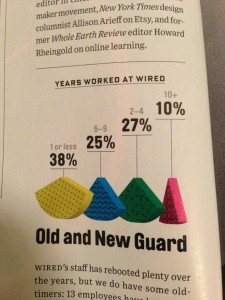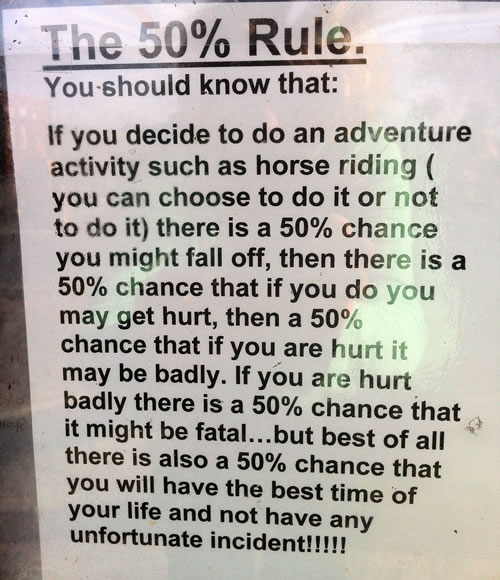Life expectancy doesn’t mean that
Tony Cooper has nominated a Bloomberg statistic (being reprinted in NZ) on life expectancy for Stat of the Week.
The `Sunset Index‘ purports to be the average number of years of life after you stop working, with figures ranging from 23.44 for Singapore to 1.49 for Nigeria. New Zealand is somewhere in the middle, with an index of 15.98. It really isn’t credible that Nigerians who leave the workforce at age 50 die an average of 18 months later, so what have they done wrong?
Bloomberg have calculated life expectancy at birth, and subtracted the retirement age, but if you reach retirement, you’ve already avoided dying for a long time. The life expectancy at retirement could be quite different from life expectancy at birth. Since this difference is likely to vary between countries, the `Sunset Index’ won’t even be correct in relative terms.
So, how bad does it get? If you look at life expectancy data for Nigeria you see that, indeed, life expectancy at birth is about 50 years, but that life expectancy at age 50 is 70.7 years for men and 72.6 for women. The true `Sunset Index’ value would be about 21, and Bloomberg are off by a couple of decades.
The error is less severe in other countries: infant and child mortality has a big impact on life expectancy at birth, and in Nigeria about one child in seven dies before age 5. Here are a few corrected values for the Sunset Index
- Singapore: 25
- Nigeria: 21
- Iran: 21
- New Zealand: 20
- USA: 16.5
- Bangladesh: 13
The US is near the bottom of the corrected index because it combines a late retirement age (by Bloomberg’s definition — full Social Security eligibility) with only moderately good life expectancy.

